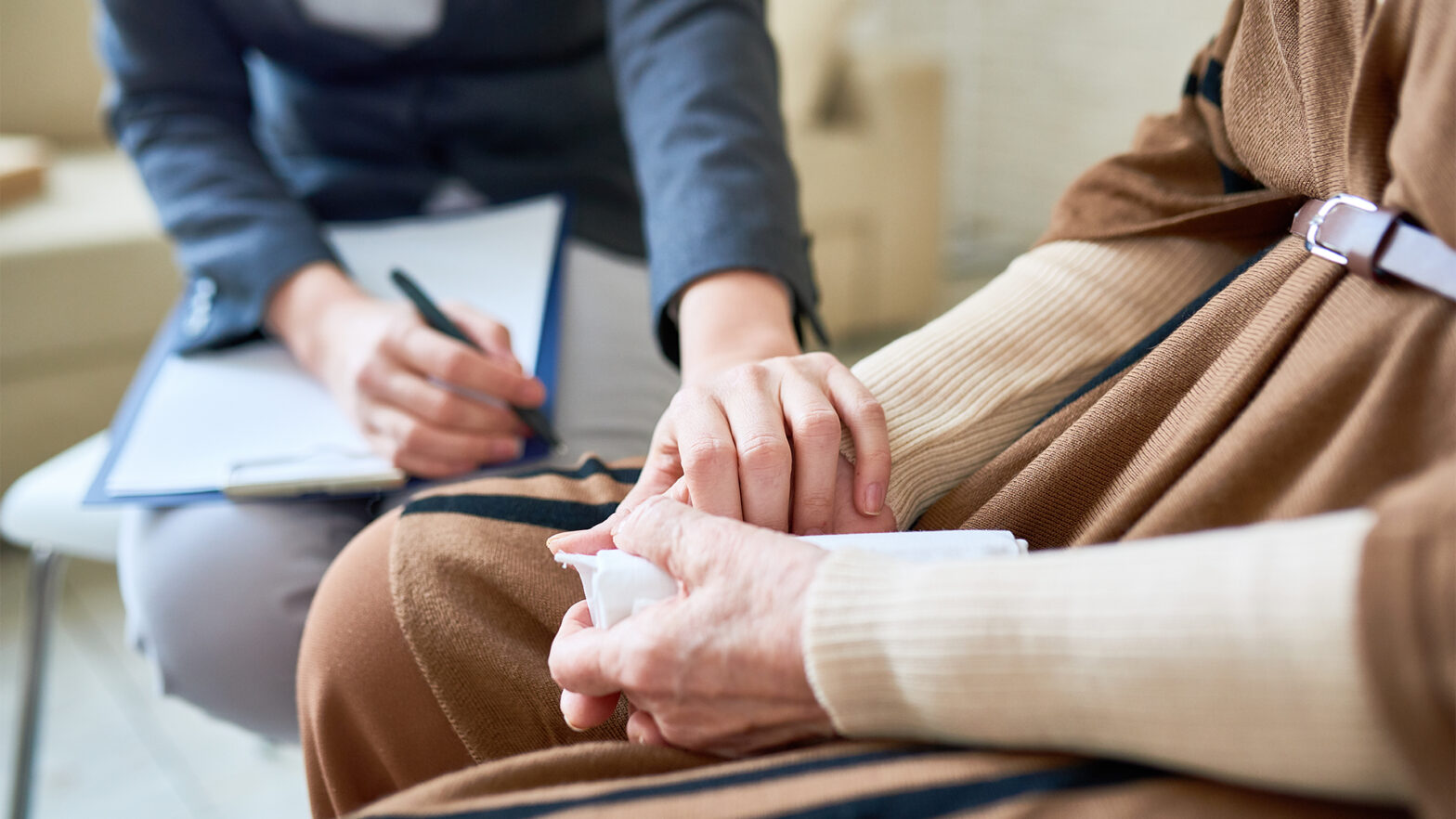
Nanotechnology, in combination with next-generation software platforms and supervised machine learning, provide a wide range of powerful diagnostic, monitoring and treatment tools. Designed to carry out a very specific task, a nanobot, also known as nanorobots, can hunt for cells with identifiable characteristics; carry a payload of medicine for delivery to a specific place in the body and take a camera through a particular route to organs. With delivery options including an oral pill and injection, nanobots can be guided and accurately targeted while remaining minimally invasive and avoiding collateral damage, such as occurs with treatments like chemotherapy. The 2023 SNS Insider report indicates that the Nanorobotics Market reached USD 7.46 billion in 2022 and is projected to hit USD 17.56 billion by 2030. Transparency Market
Research expects the nanorobotics market to reach USD 12.6 billion by the end of 2031 siting the increase in adoption of nanorobots in pharmacokinetics, diabetes monitoring, biomedical instrumentation and surgical procedures focusing on programming, controlling and designing nanoscale robots for various healthcare applications.
Pinpoint accuracy
Researchers worldwide have devoted themselves to the research and development of cancer-killing nanorobots and their work is beginning to bear fruit. Cancer applications for nanobots can be seen already in drug delivery, tumour sensing and diagnosis, targeted therapy, minimally invasive surgery and other treatments. Early diagnosis and treatment are recognised as critical to successful outcomes and many current treatments are harsh, nanobots provide answers to these challenges and will do more in the future. Nanobots are programmed with the ability to diagnose and cure contagious diseases, with no major side effects. Unlike common drugs that have to move through, and impact, the entire body before reaching a particular cell, nanobots can deliver a payload to identified cells. They can also ingest plaque that is built up in the arteries. Electric microchips within a nanobot can combine with human tissues to capture and monitor blood sugar levels in diabetics. Nanobots are used for smart vaccines, digital therapy and to conduct capsule endoscopy. Nanobots can also spread antibiotics throughout a wound, rather than impacting only locally; bacteria is the fourth largest cause of death in US hospitals and kills approximately 1.2 million people each year. Nanobots can be made from almost anything. For medical applications they need to be made from materials compatible with the human body and its components. This has led to the development of Nanorobots built from biological or organic matter and even DNA molecules. Recent DNA nanotechnology research promotes the use of nanobots in regenerative medicine on a large scale, which is expected to contribute to nanobots market growth. However, they are also made from metals and, most popularly, from silicon. Nanobots need energy to function, so generators in nanobots can use electrolytes within the bloodstream or use blood to create a chemical reaction that generates energy. Magnetic fields and ultrasonic sounds are alternative external power sources and can be used to guide the nanobots within the body. Nuclear power has also been mooted as a possible source.
The near Future
Nano-sized robots capable of accurately creating holes in specific cell membranes to destroy aberrant cells and even administering different medications are potential possibilities for non-invasive surgery. With technological advancement, nanorobotics is expected to have several new medical applications and are expected to bring major transformations in cancer treatment, diabetes monitoring, wound-healing (regenerative medicine), dentistry, and blood monitoring (blood clot), among several others. Eventually, these nanobots and xenobots (nanobots made from biological materials) could be assembled into swarms to deliver drugs or unblock arteries. MIT has even created microbots that self-assemble into larger structures, with applications such as enveloping a tumour to cut off blood supply. If one robot isn’t enough to build the structure, it copies itself and splits the work. This is not producing progeny directly, but rather collecting material and building copies of itself. It is interesting to note that living organisms produce some impressive natural nanomachines. These natural nanobots transport chemical loads very effectively as part of the body’s cellular functions. Nanotechnology in the healthcare industry is one of the primary factors driving the market growth in the internet of nano things (IoNT) not just the nano systems used for the detection, diagnosis, imaging, and prevention of various diseases but also IoNT used to create smart wearables for medical applications that assist in real-time monitoring of a patient’s vital signs, such as heart rate and blood pressure, and diagnosing diseases at an early stage.
Potential hurdles
Beyond the problem of working with things smaller than 1 millionth of a metre, the difficulties that developers face creating nanobots include global restrictions and evolving government regulations about things that can be used medically and inserted into the body. They may also have to address the science fiction warnings of swarms that could self replicate and in the process use up all the planet’s resources or even just all the resources in the host body. Power is a problem area, including concerns about, for example nuclear power, a worry to some even at this miniscule size, and control to get the nanobot to the right place with its payload. There is a further problem with the end of use disposal, dispersal or extraction of nanobots.
Redressing the balance
Demand for qualified people, medicines and resources in healthcare is outstripping supply all over the world, with the potential of leaving an ever growing number of people without the care they need. Nanobots have the potential to deliver much smaller amounts of medicine directly to where they will do most good; to reduce the need for invasive surgery, cutting both time in hospital and recovery; to greatly improve preventive medicine through monitoring and regenerative interventions. The technology now exists, we need to harness it and use our imagination to support its evolution and application.


















